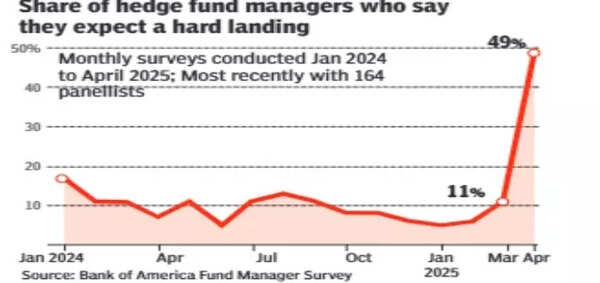India’s second-largest IT company Infosys on Thursday (April 17, 2025) reported an 11.7% decline in consolidated net profit to ₹7,033 crore for the March quarter.
It had posted a profit (attributable to owners of the company) of ₹7,969 crore in the year-ago period.
The company has exceeded its guidance for the full fiscal year. Infosys had raised the 2024-25 fiscal year revenue guidance to 4.5-5%, up from 3.75-4.50%.
Revenues for the quarter under review came in at ₹40,925 crore, 7.9% higher from ₹37,923 crore in Q4 FY24.
Sequentially, the company’s profits rose 3.3%, but revenues declined 2%.
For the full FY25, profits saw a marginal increase of 1.8% to ₹26,713 crore, according to a regulatory filing.
Revenues climbed 6.06% to reach ₹1,62,990 crore.
“We have built a resilient organisation with sharp focus on client-centricity and responsiveness to the market, thanks to the trust of our clients and dedication of our employees,” Infosys CEO and MD Salil Parekh said.
“Our performance for the year has been robust in terms of revenues, expansion in operating margins and highest-ever free cash generation. Our depth in AI, cloud and digital and strength in cost-efficiency, automation, and consolidation position us well for the needs of our clients,” Parekh said.
Infosys has guided for a revenue growth of 0-3% in constant currency terms for FY26.
As per the filing, the company’s cash flow for 2024-25 was $4.1 billion. Company CFO Jayesh Sanghrajka said the amount was the highest ever in the company’s history.
Infosys’ employee count at the end of FY25 was 323,578.
Infosys board has proposed a final dividend of ₹22, which, along with the interim dividend, is an increase of 13.2% over last year.
Shares of Infosys settled at ₹1,420.20 apiece on the BSE on Thursday (April 17, 2025), 0.51% higher than the previous close. Infosys results were declared after market closing hours.
Published – April 17, 2025 05:07 pm IST


























